Sunday, November 1, 2015
25 Garden Bed Borders:Edging Ideas For Vegetable And Flower Gardens

A garden is that part of a house where you can interact with the elements of nature, spend time with them and become familiar with various mysteries of our mother nature. But to enhance the beauty and maintenance of the garden, garden edges and borders hold an utmost importance. These edges and borders are basically used as boundaries between the garden and paths, lawns and various landscaping features such as sculpture, fountains, ponds and adjacent garden beds.
Although it is better to install edging in the garden design during the instalment only, but if you have not, it is not a big issue to add an edge or change the border of an existing garden.
Through this article, we want to make you aware about various types of garden edges and borders that take minimal efforts to be constructed.
Horizontal Brick Landscape Edging
Brick landscape edging is the most popular option in which bricks are cemented in place or simply dug into the soil. In order to make the movement of a mower easy while cutting the grass, bricks are laid flat. The other alternative is to cement the bricks in place to form a raised line one brick high along the garden edge. The spaces between the bricks should be eliminated by positioning the bricks together firmly so that the dirt does not slip through the gaps. Bricks set in the bed of sand ensures the prevention of unevenness in settling and movement.
Pros
Easily available.
Traditional but eye-catching look.
Inexpensive
Cons
Discolouration because of dirt, moss and algae.
Possibility of unevenness when fixed in soil.
Possibility of growth of weeds and grass between and over the bricks.
Diagonal Brick Edging
For creating an attractive border, bricks can be laid diagonally. For this, a trench is dug and several inches of coarse sand is added for drainage. Bricks are positioned at an angle of about 45 degrees in the trench such that they are half-exposed. The trench is then filled with soil and packed down firmly. Similarly, all the bricks are laid in the adjoining beds.
Pros
Attractive look.
Easy to lay when without concreting
Assists with drainage during heavy rainfall
Cons
Possibility of displacement of bricks.
Uncontrollable growth of weeds is possible
Inconsistent height of border restricts movement.
Can cause injury if fallen against.
Cast Concrete Edging
These harsh looking but professional edges allow easy mowing and the curved shape can be used to create lovely winding paths through the garden.
Pros
Very strong
Unaffected by weeds
Makes mowing easy by providing edge
Cons
Expensive
Tricky to do by yourself
Flagstone and Cobblestone Edging
If you possess a cottage garden or country properties, then you can consider flagstone and cobblestone edging that can give a classic look to your garden. These attractive stones of various sizes, colours and shapes can be installed in sand or embed in concrete.
Pros
Eye-catching
Easy to install
Inexpensive
Cons
Possibility of getting uneven after settling
Possible growth of weeds in the uneven gaps between flagstones
Growth of algae is possible
Edging with Plants
This fantastic style of natural edging involves a low line of tough plants whose borders give a soft and natural look to the garden.
Pros
Possess a soft and attractive look
Maintenance is easy
Cons
Uncontrollable weeds and grass
Obstructs mowing
Logs and Sleepers
If you possess vegetable gardens, cottage gardens, rock gardens or any other informal garden, then you should opt for logs and sleeper for edging.
Pros
Soft and attractive look that goes well with a rustic garden design
Stable due to large thick logs
Easy maintenance
Cons
Gradual rotting and break down of wood
Uncontrollable weeds
Slippery when wet
We hope that you enjoyed visiting our website and this blog too. Keep visiting our website for more updates. Feel free to post your comments.
Source:Guiding Home
Labels:
Gardening
Subscribe to:
Post Comments (Atom)
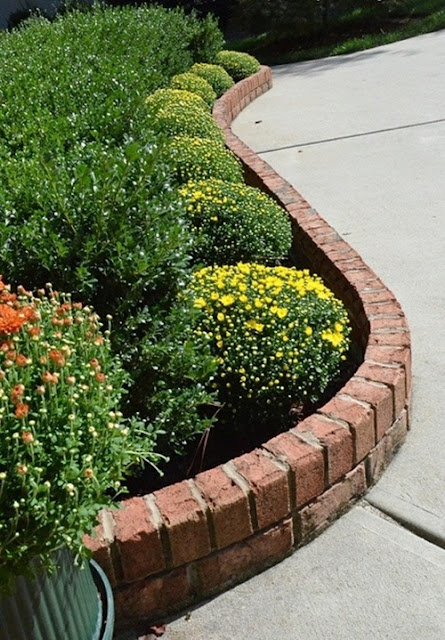
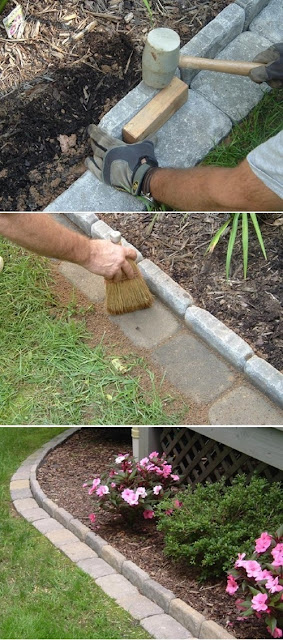

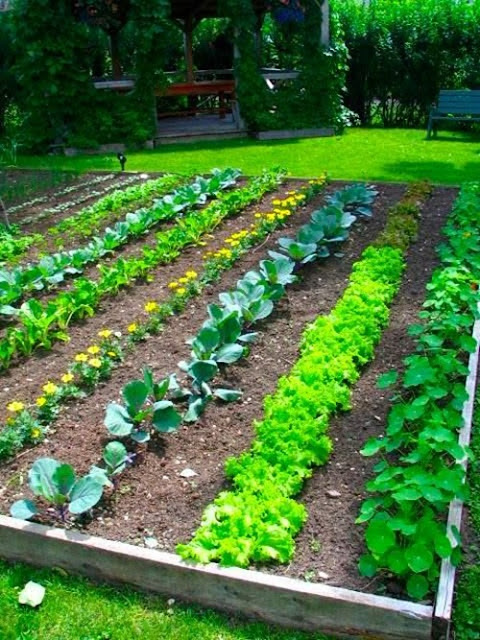
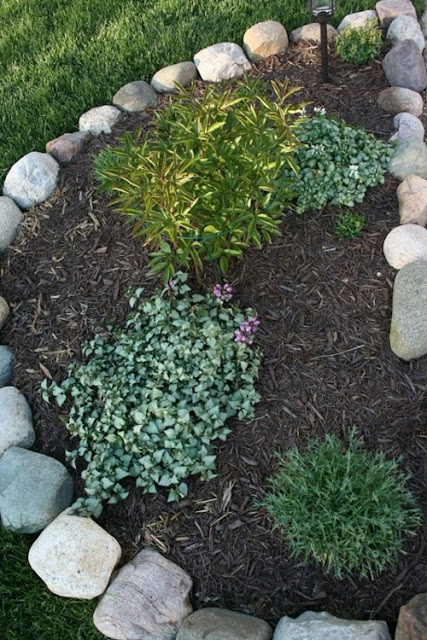
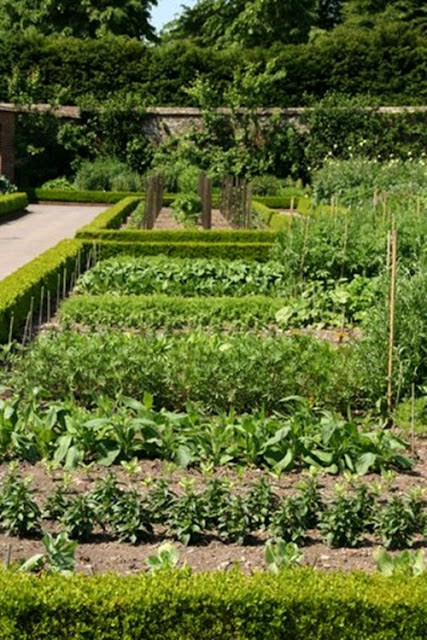
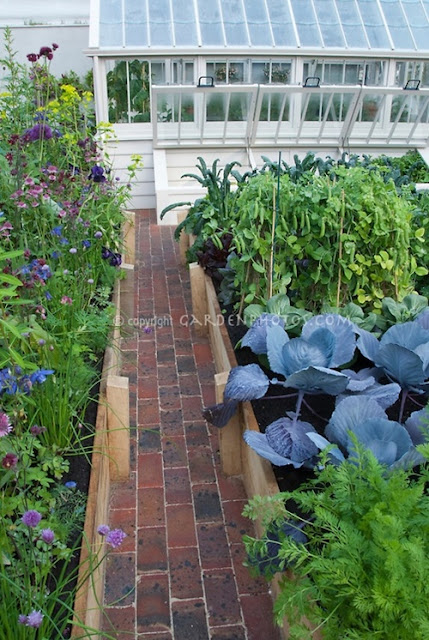
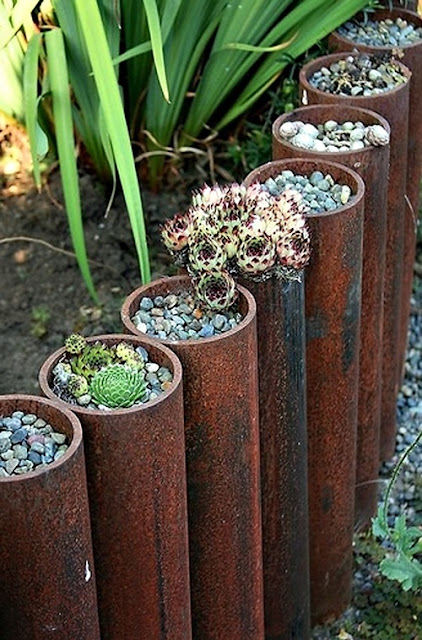
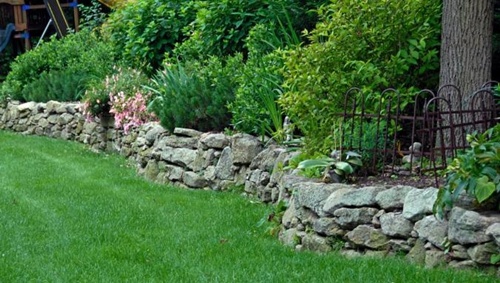
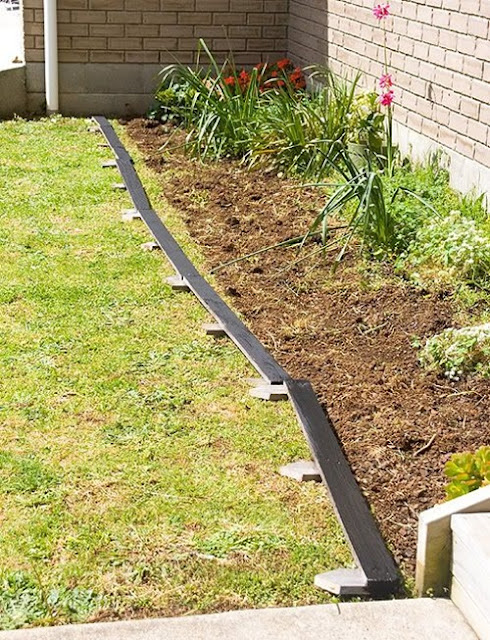
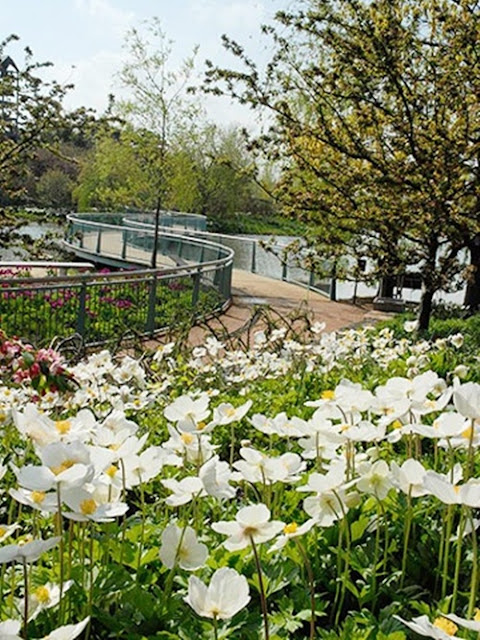
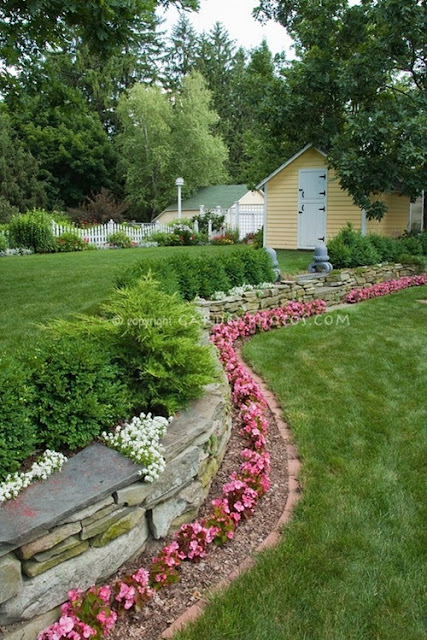
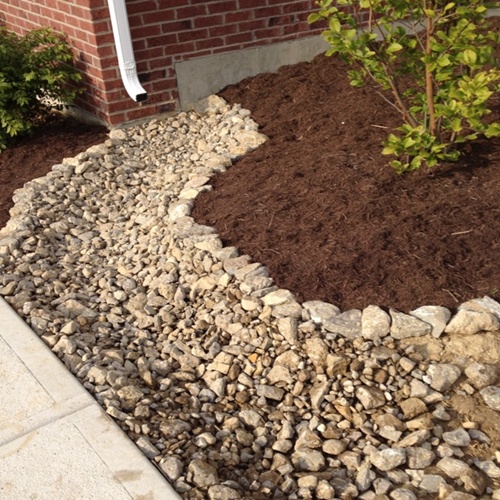
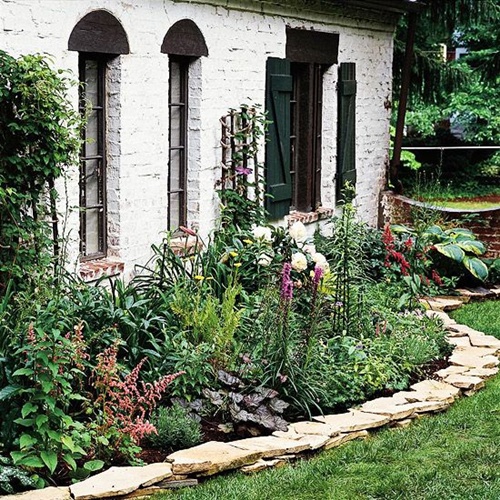
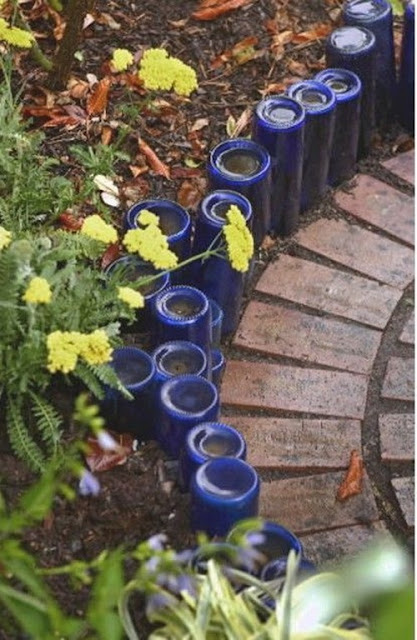



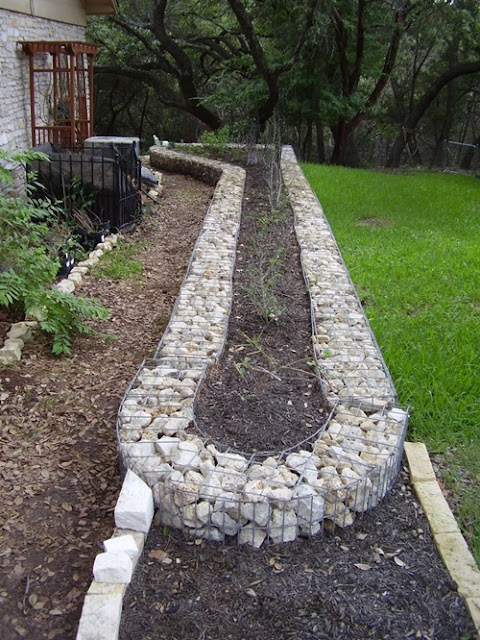
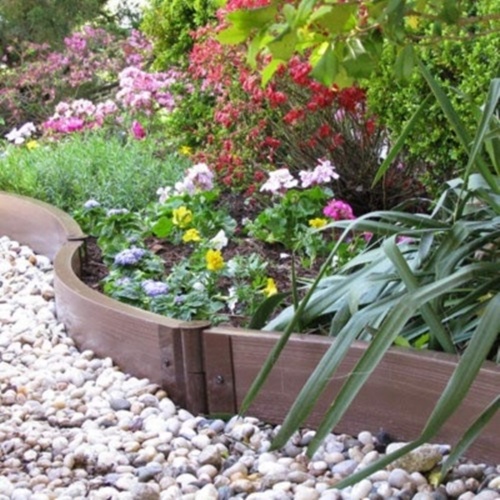

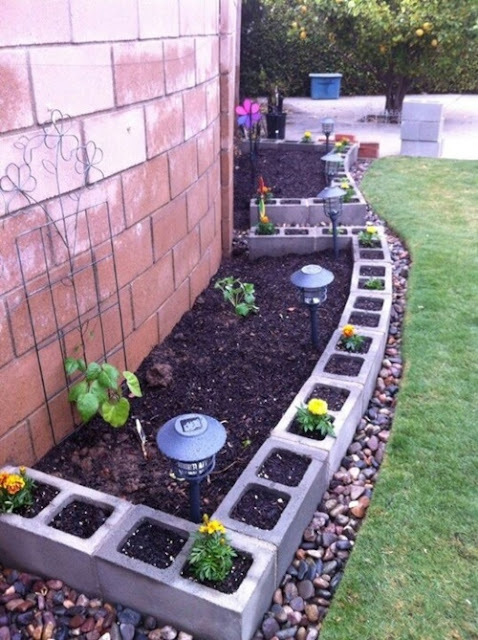
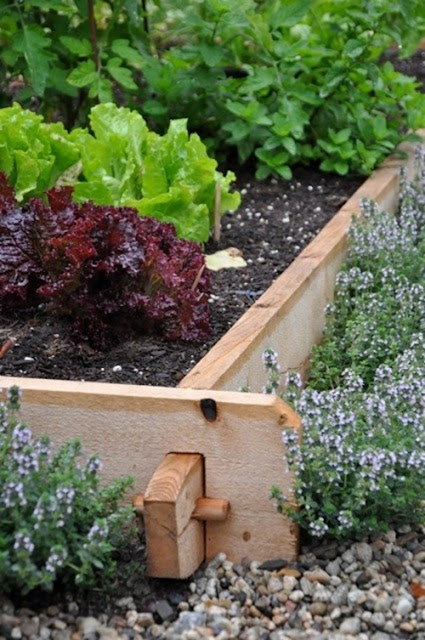
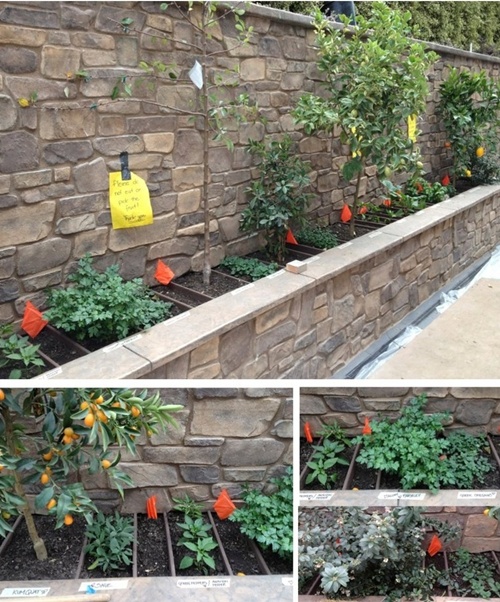
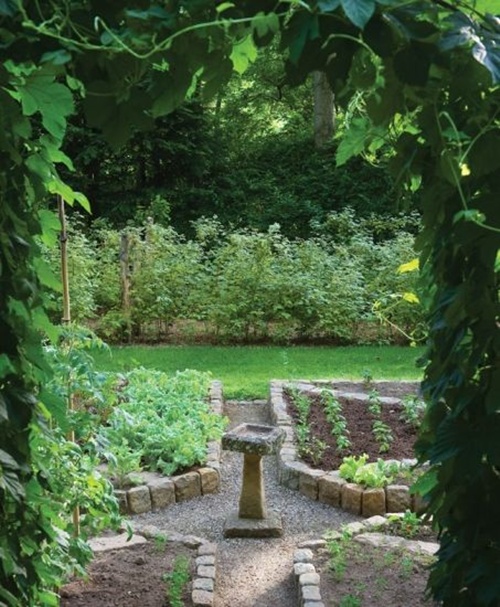
No comments:
Post a Comment